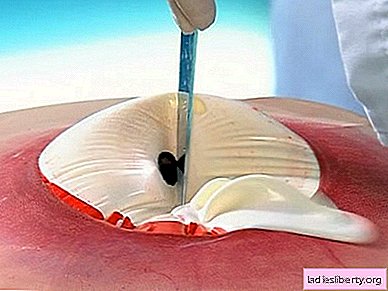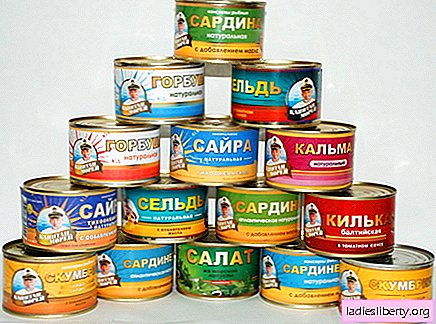
Furuncle (boil) is a purulent-inflammatory disease of the skin, in particular the hair follicle and the surrounding tissues, characterized by an acute course. The causative agent of the boil most often becomes staphylococcus aureus. Localization - any part of the body, except for the soles and palms (they have no hair). The appearance of 2 or more boils indicates the development of furunculosis.
Boil - reasons
It is believed that the main cause of the occurrence of a boil is hypothermia, but this is far from the case. The list of factors causing an abscess is much wider. These include:
- weakening of the immune system, nervous and physical overwork;
- transferred infectious diseases;
- vitamin deficiency (especially lack of vitamins A and C);
- chronic diseases and metabolic disorders (diabetes, anemia, obesity);
- contamination of skin microtraumas, combing mosquito bites, abrasions, scratches;
- increased sweating, lack of personal hygiene;
Most often boils are formed in the spring, when the human body is weakened and is especially susceptible to all kinds of infections.
Boil - symptoms
The first stage is characterized by the appearance of local redness and swelling of a pale red color in a small area of the skin, in the center of which a hair is located. At the place of maturation of the boil, itching and soreness are felt.
At the second stage, the node becomes denser, a red hill appears, swelling and pain increase, and a pulsation is felt at the site of the lesion. After 1-3 days, the boil reaches its peak of development: in the center of the boil, with a diameter of 1 to 3 cm, a purulent rod with a bubble on the surface matures. During this period, a person may experience a deterioration in the form of: a slight increase in body temperature (from 37.2 to 38 degrees), headaches and muscle pains, feelings of fatigue and fatigue. Inflammation of the lymph nodes located near the site of infection is possible.
At the third stage, the stem of the boil is rejected: the pustule's tire bursts, and the tissues are released from the purulent contents, then the yellow-green necrotic core leaves.
Swelling, pain and throbbing disappear, and the healing period begins. The full cycle of boil ripening, as a rule, lasts from 8 to 12 days.
Boil - diagnosis
Diagnosis is based on visual examination and clinical presentation. Due to the fact that boils can cause not only Staphylococcus aureus, but also other microorganisms, a bacteriological study is carried out for the presence of the pathogen. The material for the study is the purulent contents of the boil. With furunculosis, a general blood test is taken to determine the degree of inflammation.
Furuncle - treatment and prevention
In most cases, the body copes with single boils independently. In this regard, nature has protected us well. The boils on the face carry a certain danger, since inflammation occurs near the brain.
Do not even try to squeeze or warm the boil, especially on the face. This is fraught with the spread of infection. To help the body cope with the boil, you can treat it with special tools, as well as essential oils with antiseptic properties (tea tree oil, lavender, chamomile).
If the patient's condition does not improve or furunculosis develops, you should immediately seek medical help. The doctor makes a decision about surgery, which allows you to get rid of even the most neglected boils.
After a mini operation, the patient undergoes antibiotic therapy to prevent relapse.
To prevent the occurrence of an inflammatory process in skin tissues, it is advisable:
- observe personal hygiene;
- timely treat microtrauma and cracks in the skin;
- do not comb insect bites (to relieve itching, the site of the bite can be anointed with garlic or lemon juice);
- maintain the immune balance (intake of fortified drugs, physical exercises in the fresh air);
- whenever possible, avoid subcooling and overheating.











